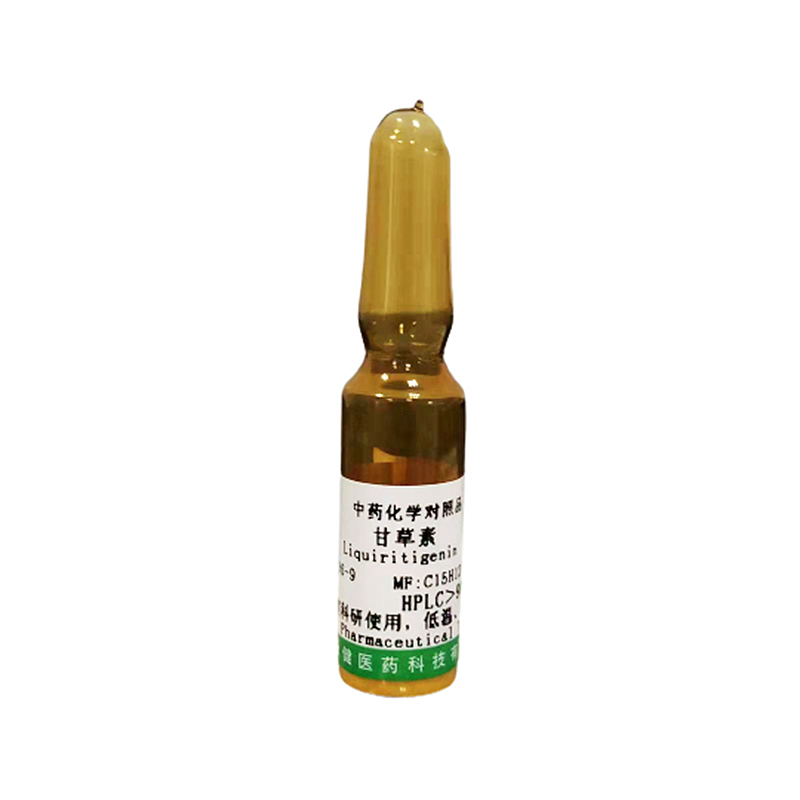Fraxin; Paviin; Fraxoside; Fraxetol- 8-glucoside CAS No.524-30-1
Essential Information
CAS No.: 524-30-1 [1]
EINECS No.: 208-355-5
Molecular Formula: c16h18o10
Molecular Weight: 370.3081
Molecular Structure: (Figure 1)
Properties: Light yellow acicular crystal or flake crystal.
Density: 1.634g/cm3
Boiling Point: 722.2 ° C at 760 mmHg
Flash Point: 267 ° C
Steam Pressure: 6.87e-22mmhg at 25 ° C
Bioactivity of Fraxin
Description: Fraxin can be isolated from Acer tegmentosum, F. ornus and a. hippocastanum. It is a glycoside of fraxine [1] and has antioxidant, anti-inflammatory and anti metastasis activities. Fraxin exhibits antioxidant activity by inhibiting cyclic adenylate phosphodiesterase [2].
Target: cyclo AMP phosphodiesterase enzyme [2]
In Vitro Study: Fraxin (100 μ M) It has no cytotoxicity to Hep G2 cells. Fraxin at non cytotoxic concentrations significantly reduced t-BHP induced ROS production in a dose-dependent manner [1]. Fraxin (0.5 mm) can scavenge free radicals at high concentration and has cytoprotective effect on H2O2 mediated oxidative stress [2].
In vivo study: Fraxin (50 mg / kg, PO) significantly blocked CCl4 induced elevation of ALT and AST. Fraxin (10 and 50 mg / kg, PO) significantly reduced GSSG levels (1.7 ± 0.3 and 1.5 ± 0.2 nm / g liver, respectively) compared with GSSG levels in the CCl4 treated group
Reference:. Fraxin (50 mg/kg, p.o.) significantly blocks the CCl4-induced elevation of ALT and AST. Fraxin (10 and 50 mg/kg, p.o.) significantly reduces the GSSG levels (1.7±0.3 and 1.5±0.2 nM/g liver, respectively) compared with the GSSG levels of the CCl4-treated group[1].
[2]. Whang WK, et al. Natural compounds,fraxin and chemicals structurally related to fraxin protect cells from oxidative stress. Exp Mol Med. 2005 Oct 31;37(5):436-46.









